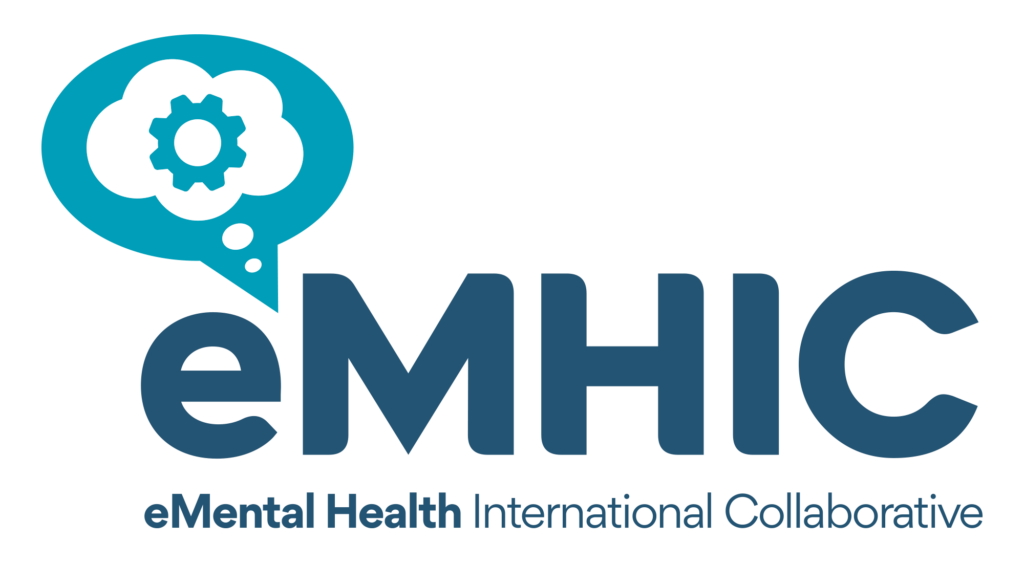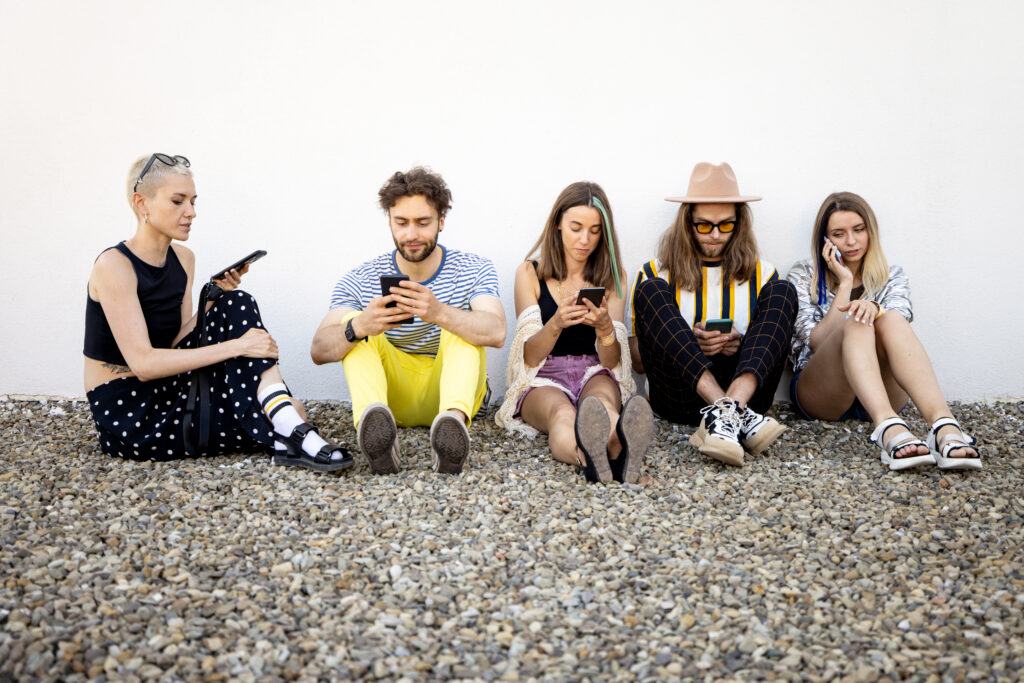Global Leadership Exchange focuses on sharing knowledge and providing leaders around the world with connections, resources and support to develop their leadership skills. We do this in a collaborative and open way that stimulates problem solving actions. There are many of those problems to consider in the fields of mental health, addictions and disability. Our Leadership Exchange event in Utrecht in June once again showed that although countries and systems are diverse they are connected by a number of common issues that are truly global.
One of these global issues is the developing impact of social media on young people, in particular its effect on their mental health. This poses questions for leaders about their understanding of that impact, whether it is solely negative and how systems and services adapt to the rapidly changing online environment that young people experience.
Never before have young people had so many opportunities to exercise their curiosity, to seek information, to create links with other people and to experiment with the way in which they present themselves to the world. As social media has developed over the past two decades it has increasingly become part of the day-to-day life of many people and this has been particularly the case for young people. The use of social media has continued to expand with the easier access through smartphones and tablet devices, and the emergence of a number of apps and other platforms as well as internet-based websites.
In 2022 97% of teens reported that they use the internet daily and the share of teens reporting that the they are on-line constantly has risen from 24% in 2015-2015 to 46% in 2022. In 2022 YouTube was used by 96% of young people between 13 and 17. Between 2014 / 2015 and 2022 the use of Facebook by this group fell from 71% to 32%, use of X (Twitter) fell from 33% to 23% and use of Tumblr fell from 14% to 5%. Meanwhile, use of TikTok rose from 52% to 67% and the use of Instagram rose from 52% to 62%.
The rapidly developing variety of social media outlets and platforms gives rise to new questions, including about its effects, particularly on young people. Increasingly governments around the world have begun to consider those effects and have shaped regulations and legislation intended to both prevent and alleviate the potential and actual harmful impacts of social media. The Online Safety Act passed in 2023 in the UK, the European Union’s Digital Safety Act Regulation 2022/2065, and the Australian Online Safety Act of 2021 are just three examples of legislative models intended to address what is regarded as an under-regulated and potentially unsafe space, particularly for young people.
The negative impact of social media use is widely discussed. Around the world, evidence is emerging that indicates some harmful effects on children and adolescents. These include social comparison, poor body image, eating disorders, low self-esteem, harassment, bullying, and exposure to explicit content. Recent studies have found increased social media use places young people at a higher risk for depression, anxiety, self-harm, and suicide attempts.
This should lead us to question whether social media and its use by young people is more of a harmer than a helper? GLE has undertaken some recent work in this area. Connecting sector leaders and those with experience in social media and the wider tech space, we have supported conversations that have begun to develop a more nuanced approach to the questions that legislation appears to be attempting to address. It is right to question whether the use of social media leads to superficial relationships and loneliness. We should ask what effects extensive media multitasking has on youth and if it makes them lose their ability to concentrate and contemplate?
Some people believe that the discussion is too heavily weighted towards the negative and we should also more regularly acknowledge that social media use can have positive effects.
We know that social media can allow some young people to communicate with others and build social networks – which is particularly true for those from minority groups. These networks can provide young people with valuable support, especially helping those who experience exclusion or have disabilities or chronic illnesses. Young people also use social media for entertainment and self-expression. Social media platforms can expose young people to current events, allow them to interact across geographic barriers. Social media can provide a meaningful connection to peers and a wide social network that can be beneficial.
For leaders in the mental health sector, these discussions may initially appear to be less directly relevant to them, to be for those in the technology world to discuss. I would suggest that this would be to fundamentally misunderstand the centrality of the online world and social media specifically in the lives of young people.
Mental health leaders need to educate themselves directly about the positives and negatives, learn about the platforms and apps. More critically they need to talk with young people to gather their perspectives and experiences about both the harms and the benefits, in order to understand the service and support offers that might be needed. In my own experience, young people are keen to share their views and only too willing to help educate and share their knowledge.
This kind of inter-generational knowledge transfer is critical in helping established leaders to remain grounded in the realities of the issues facing the young people they are trying to support and help.
There are too many examples of young people whose mental health negatively affected and too many who have taken their own lives or harmed themselves as a result of things they have seen, read and experienced on social media. However, there are no clearcut answers to the question of whether social media is a helper or a harmer, it has the capacity to be both. For young people there can be positives from the connection and access to information that social media provides. Emerging evidence has shown that social media and technology, while part of the broader dialogue around youth mental health, can be powerful tools in promoting well-being and offering scaled mental health support as well as a sense of connection and access to peer support.
As leaders we need to be careful in seeking to address the negatives that we do not ignore the positives. We need to learn and develop our own understanding and knowledge base. We can best do that by working collaboratively with young people. Leaders may be better advised to help to promote and support the use of guides and education, including in relation to healthy internet use which have emerged as useful ways to support young people to have positive experiences, as well as knowing what to do when that experience is negative.
Social media and the online world presents us all with new opportunities and experiences. Used well it may be a helper. We should not dismiss the negatives, or diminish their impact, but our approach should be one that starts from the premise that it can and should be helpful.
Learn more about the Global Leadership Exchange here >>
References
Vogels, E Gelles-Watnick R and Massarat N (2022) Teens, Social Media and Technology https://www.pewresearch.org/internet/2022/08/10/teens-social-media-and-technology-2022
- Ibid
Popat, A., & Tarrant, C. (2023). Exploring adolescents’ perspectives on social media and mental health and well-being – A qualitative literature review. Clinical Child Psychology and Psychiatry, 28(1), 323-337. doi:10.1177/13591045221092884
Social Media and Youth Mental Health — Current Priorities of the U.S. Surgeon General. (n.d.). https://www.hhs.gov/surgeongeneral/priorities/youth-mental-health/social-media/index.html
Teens and Social Media Use, Mayo Clinic https://www.mayoclinic.org/healthy-lifestyle/tween-and-teen-health/in-depth/teens-and-social-media-use/art-20474437 3
Coe, E. Enomoto, K et al, Gen Z mental health: the impact of tech and social media, McKinsey Health Institute February 2022




